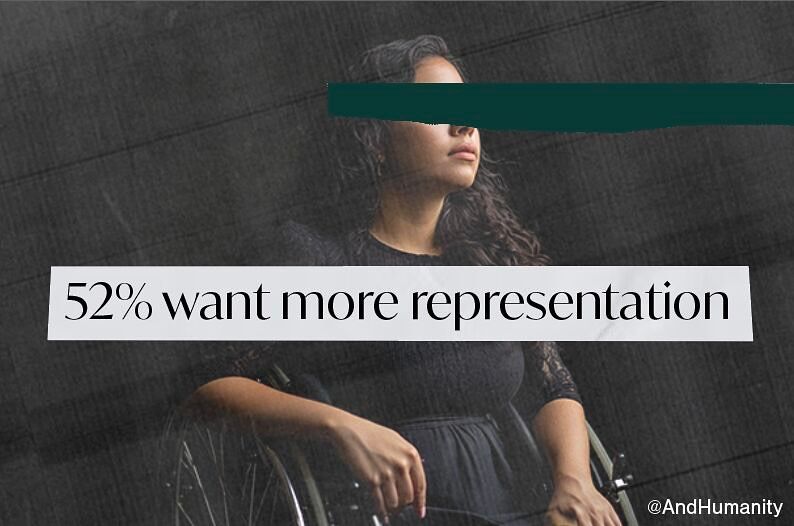In light of Asian Heritage Month, I’m going to share a personal story of growing up in a predominantly white school.
I remember crying to my sister as we laid in our bunk beds. I had just confessed to throwing away my lunch because my classmates were making fun of how bad my lunch – steamed dumplings – smelled after they sat in my thermos in for the morning. To this day, the face of one classmate – I’ll call him Ben – crinkling his nose in disgust as I opened my thermos still fills me with anger. And I can still viscerally feel the humiliation from the ensuing laughter that echoed throughout the rest of the classroom as I slinked away to eat in the corner of the room alone.
I remember finally having the courage to ask my mom – a single mom with limited time for my trivial requests – for sandwiches, Dunkaroos, Fruit roll-ups and everything all the other kids got to eat. I told her great tales about how my white classmates would get McDonald’s freshly delivered to them, so me asking for a sandwich and some snacks was not a big deal.
I envied everything about Ben. Not only the lunches he had, but the confidence he had to speak publicly in class, the way he could make people laugh, the freedom he got to go off-school grounds during recess, the allowance he got, the way he looked, the way others looked at him. I wanted so badly to live his life, and I blamed my mom and the colour of my skin for holding me back.
With this internalized attitude, I tried everything in my power to be like Ben and hope that my actions would overcome the colour of my skin. Thus, I was often told I was “too white” at home, but even worse for me at the time, I was also told I was still “too Chinese” at school.
I concluded that I didn’t really belong anywhere.
People who know me now and my work at AndHumanity may think I’ve conquered this internalized racism that seeped into my bloodstream at such a young age, but they’d be wrong.
I am in a constant battle to not only appreciate my culture and its rich history, but also appreciate my personal story and who my identity is. I am ashamed at how poorly I used to think of myself, but also ashamed that I haven’t gotten over it yet. How can something so seemingly trivial be such a big core memory for me?
I look at my 3-year old daughter now and she has become my new mission. I need the work I do to matter. I want our industry to commit to telling so many deep, culturally nuanced stories of diverse backgrounds that it becomes commonplace. I want her to bring her lunch to school without feeling shame. If I can help do this for her, then I’m okay with what I’ve done with my life, even if I’m not fully settled myself internally.
Though it happens less and less now, I still catch myself wishing I was Ben. And if I ever meet him again, I’d probably let him know he helped give my life a greater purpose. But as I write this, I know – deep down – he won’t remember me at all.









